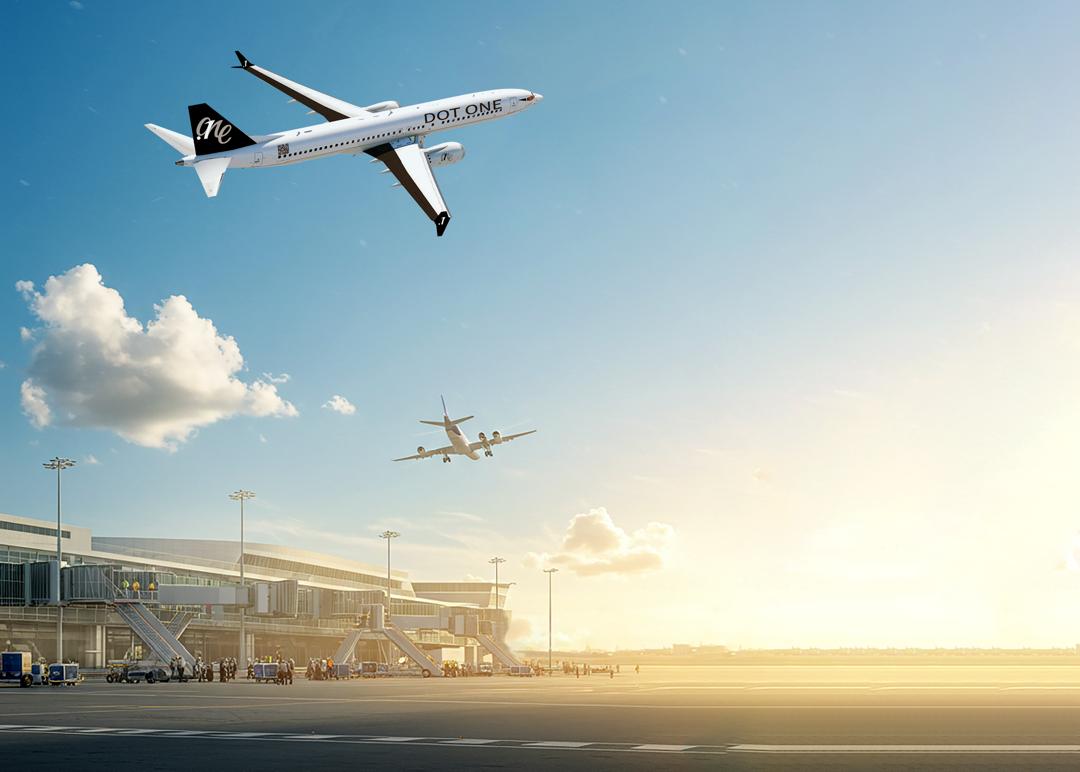
A Vast Sky, an Aging Fleet: Why Law Enforcement is the Key to Transforming the Aviation Industry
With its unique and strategic location, Iran holds tremendous potential to become a major hub for air transportation in the region—a powerful bridge between East and West. Yet, despite this potential, the country’s aviation industry faces serious challenges: an aging fleet, limited capacity, and poor service quality. This article seeks to explore the root causes of these challenges and examine a fundamental solution embedded in the nation's upstream regulations: the full implementation of Article 44 of the Constitution and its vital role in empowering the private sector.
Situation Assessment: Rising Demand, Limited and Aging Fleet
An analysis of Iran’s current aviation industry reveals a clear picture: a significant imbalance between growing demand and limited supply. The country’s aviation sector is not only facing a high average fleet age, but also a shortage of active aircraft. Together, these two factors directly affect safety, fuel consumption, and maintenance costs—inevitably casting a shadow over passenger peace of mind.
The private sector has entered this field in the past, but due to challenges such as lack of return on investment and economic infeasibility, its involvement has never been strong. As a result, the entry of new and modern aircraft on the necessary scale has not materialized. This deep gap between society’s demand for safe and reliable air travel and the inadequate supply has created a market where passenger choices are limited and costs are often suboptimal.
Passenger Rights: Beyond Just Reaching the Destination
In today’s world, air travel is no longer just about moving from one point to another. Iranian passengers deserve an experience where their dignity and rights are respected. These rights include access to a modern and safe fleet, high-quality and well-presented in-flight services, and transparency in pricing. In any market where competition is limited, the drive for innovation and the pursuit of maximum customer satisfaction declines. Ultimately, it is the passenger who is deprived of an experience that could have been far better.
The Key to Transformation Lies in the Constitution
The main solution to unlocking this challenge is neither new nor complex; it lies in the precise and full implementation of laws that were passed years ago with the goal of transforming the national economy. The general policies of Article 44 of the Constitution, announced in 2005, were designed to "accelerate national economic growth," "increase competitiveness," and "reduce the financial and managerial burden on the government." The spirit of this law is to break state monopolies and create a fair, competitive environment for the entry of capable private sector actors—especially in foundational industries such as aviation.
Despite the legislator’s wise intentions, implementation barriers and the incomplete and ineffective transfer of state-owned airlines have prevented the full realization of this law’s great potential. Transparent and full execution of these policies could unlock both domestic and foreign investment in the industry and pave the way for broad and rapid modernization.
Vision of a Competitive Sky: Beyond Modernization
A future where the law is fully enforced and space for healthy competition is opened is a bright future for Iran’s economy and people. The entry of a capable private sector will bring strategic advantages, some of which are highlighted below:
- Increasing Flexibility Under Sanctions: Due to its more agile structure, the private sector often enjoys greater flexibility in international interactions and complex processes. Fleet acquisition and modernization It has this flexibility especially under special conditions.
- Enhancing Efficiency Through Organizational Agility: Private companies, by eliminating unnecessary bureaucracy and focusing on efficiency, can reduce operational costs and reinvest these savings for the benefit of passengers and the company’s future development.
- Creating a Chain of Economic Transformation: Modernizing the aviation industry is not limited to the industry itself; it will also lead to growth and transformation in upstream industries (such as parts manufacturing and engineering services) and downstream industries (such as tourism, hospitality, and ground transportation).
This transformation means a significant increase in passenger choice, more competitive prices, and most importantly, access to global standards of quality and safety. The entry of capable and pioneering private players—bringing investment, modern management knowledge, and commitment to global standards—is not a threat to traditional players but an accelerator for upgrading the entire industry and achieving national benefits.
The time has come to unlock the country’s flights by fully enforcing the law and restore Iran’s sky to its rightful place.


